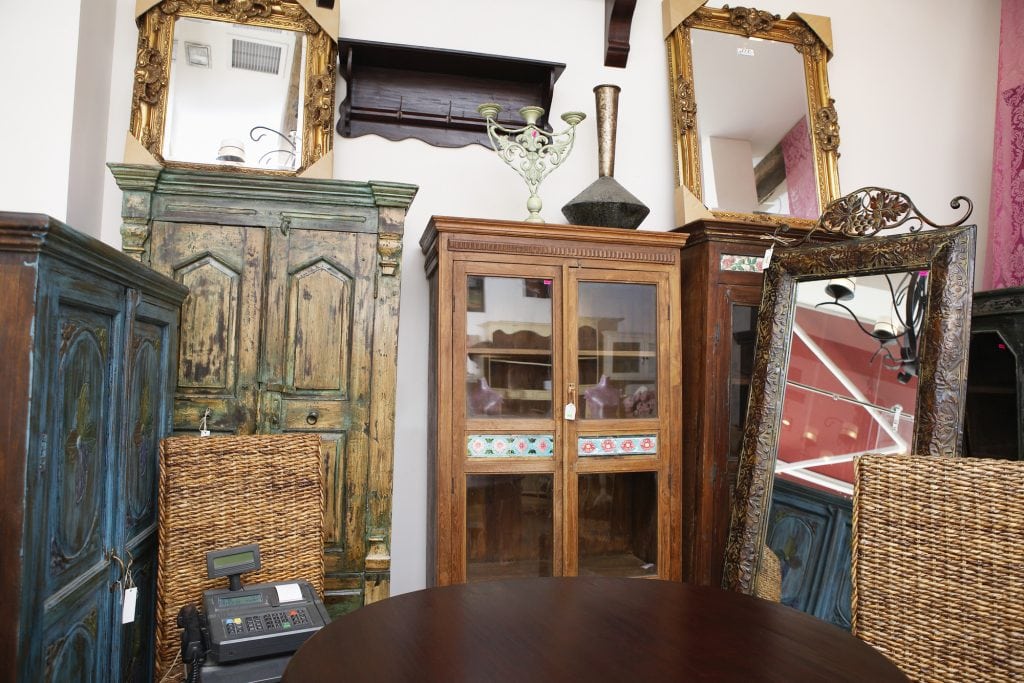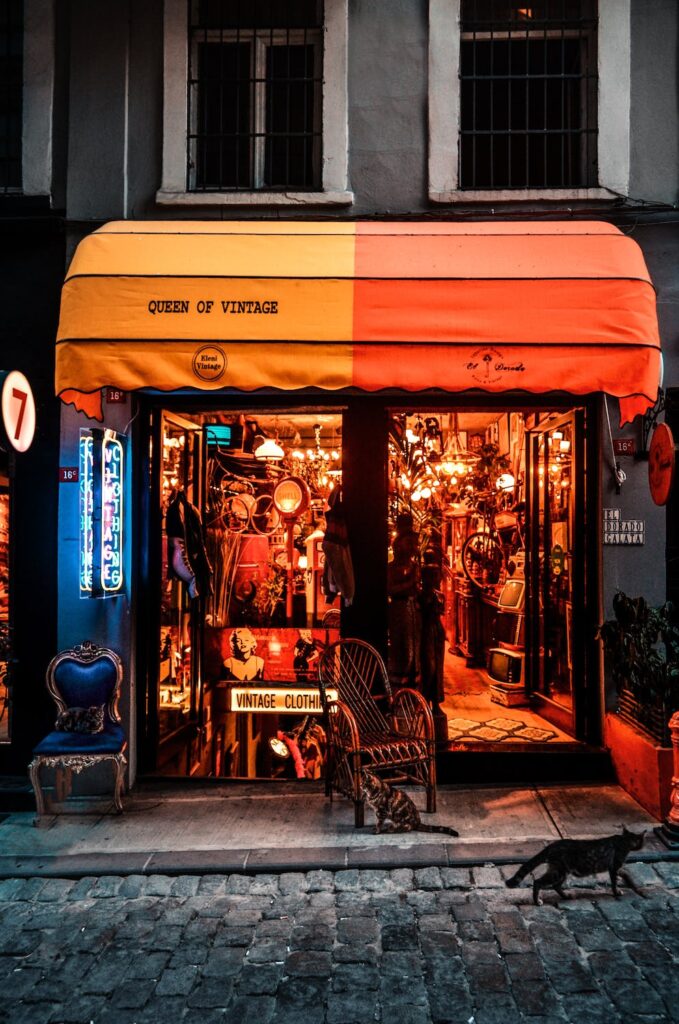How do you market an antique store in the best possible way
In a way, antique stores are repositories of the past. They are filled with interesting and unusual find that all have one thing in common – they are old. These items are displayed on shelves where people can peruse them to find the things that they’ve been searching for. A good antique store has a wide variety of things in order to appeal to many different buyers. They also have a solid marketing plan in place.
While many customers will find an antique store on their own, you also need to reach out to people who may never have considered looking in your store for something that they need or want.
These marketing plans aren’t difficult to put together. We’ll go through the steps here.

Designing A Marketing Plan For A Unique Antique Store
The first steps of a good marketing plan for an antique store involve coming up with what makes your store unique. Perhaps a retro marketing plan to go with it. Above all, you also need to find your ideal customer base and should consider whether or not you need to hire outside marketing help, just in case. Let’s start with finding out what makes your store different from all of the others.
This can be done by answering a number of questions. Is yours the only antique store in a particular area? What types of antiques do you sell – do you specialize in a certain time period, or have an array of things from many eras? Do you only sell home furnishings and things like ceramic plates and casserole dishes? Or do you have a number of books and other items as well? The responses to these questions will point you in the right direction.
Once you have your niche down pat, the next steps require you to determine who your customers are. Obviously, they’re the kind of people who want what you’re selling. You might already have a loyal clientele. However, that clientele may not be enough to sustain your shop. You probably need a number of other customers as well. What’s the average customer age that you’re aiming for? Do you want to reach out to new age ranges? If so, you need to find a way to appeal to them. This is where additional help comes into play. You might want to hire a marketing expert, at least on a temporary basis, to help you develop your plan. However, if you think that you can go it alone, feel free to do so.
Setting everything up and sticking to the plan.
After you’ve gone over the specifics of your plan, it’s time to put those pieces into place. This starts with a new logo. Why? A new logo gives you something to send out a press release about. You’re essentially rebranding your antique store. This makes everything feel new and fresh – even if you’re selling old objects. On top of the new logo, you also need a well-designed website with plenty of content and, quite possibly, a blog.
Your new logo should reflect what your business does. Since you sell antiques, you can use a cool old-fashioned font. One that directly correlates to the type of antiques you sell would be perfect. You can also include some images of antiques to round out the design. As far as colors go, it’s best to stick with a muted palette. Unless you specialize in Mid Century Modern goods, you don’t want to go with bright colors.
Marketing your antique store with a prominent logo
Most of all, your new logo will be prominently placed on your website, which should also be revamped for the “occasion.” Check out this fantastic logo for a famous mill. Since you’re rebranding, you need to make everything look new and improved. Your website needs to contain some basic information, including details about what you sell, as well as your location and store hours. Some antique shops have an online store attached to their websites. This allows them to sell items to people all around the country.
Whether or not you want to do this is entirely up to you. It does require a bit of work, as far as keeping up with your inventory is concerned. However, it does provide you with another outlet for selling your items.
Finally, there’s the question of a blog. For an antique shop, having a blog is a great idea. It gives you a place to include information about particular items that you sell. You might have fun going into depth about the history of each object. It will also increase awareness of your shop.

Bringing in new customers to your Antique Store
Everything is set up. You have a plan, a new logo, and are ready to get started. Now you just need to determine exactly how you’ll market everything. It all starts with making a few more decisions and setting up things like your social media accounts. You can use social media to reach out to customers. This works well with people from younger generations, many of whom have never been to an antique store or know what you sell. You’ll also need to utilize some traditional advertising outlets, such as television and radio commercials, as well as newspapers and local publications.
All of the advertising options help your store get publicity. The more people who are aware of your business, the better off you’ll be. Remember that even if you reach out to people who don’t buy antiques, those people might know someone who does. It’s all about visibility and getting people to know that your business exists.
In addition, joining local groups, like those run by your city’s small business administration or rotary, can also help with your marketing plans. Groups like these contain potential customers, as well as people who can help you market your business. It’s always a good idea to get involved wherever possible.
Conclusion
Putting a marketing plan for an antique shop into place is a lot of fun. Yes, you’ll need to answer some important questions, but the end results will bring in more customers and allow your shop to flourish. This is particularly true if you use all of the tools at your disposal, from social media to traditional advertising outlets.

